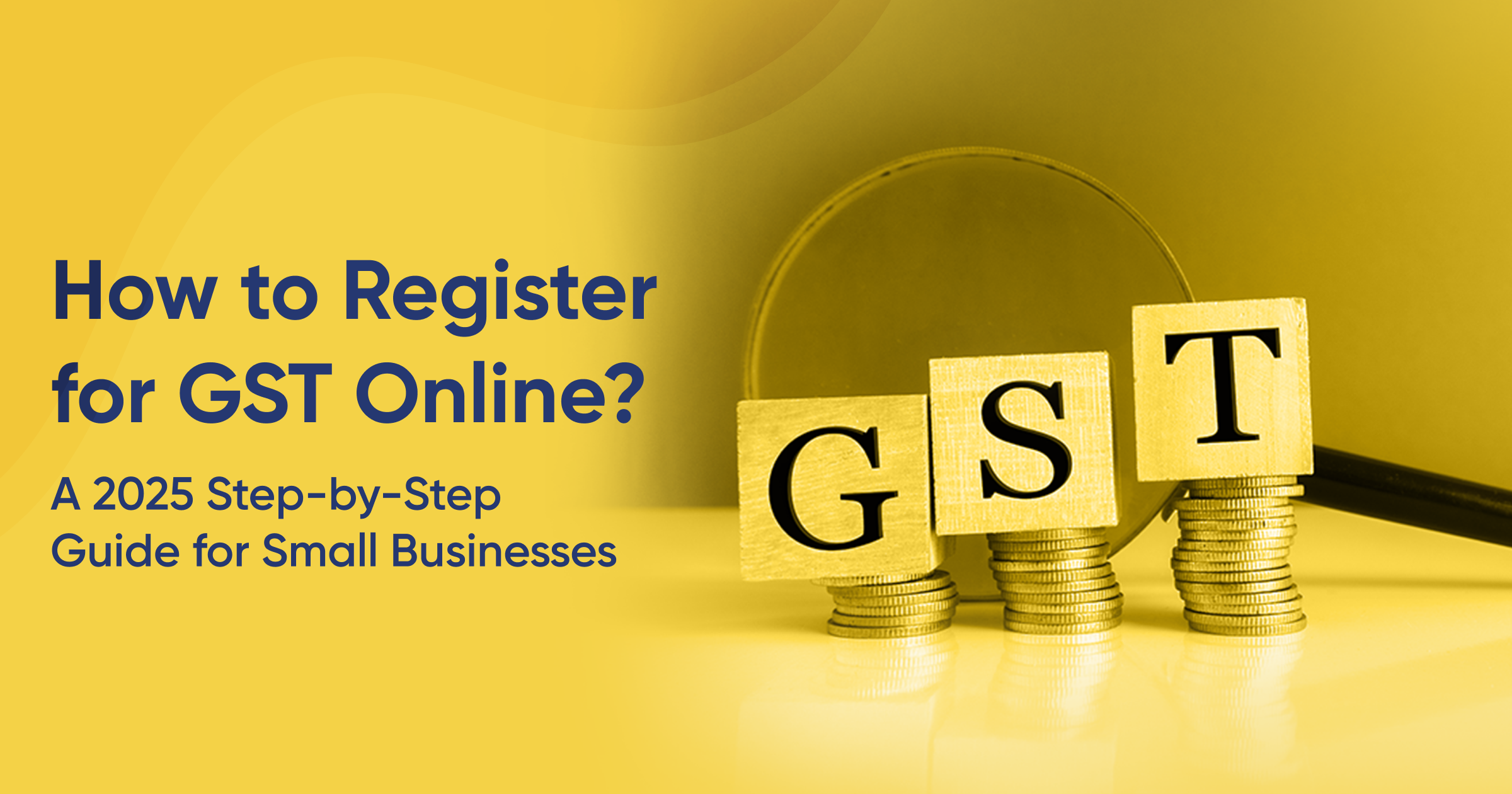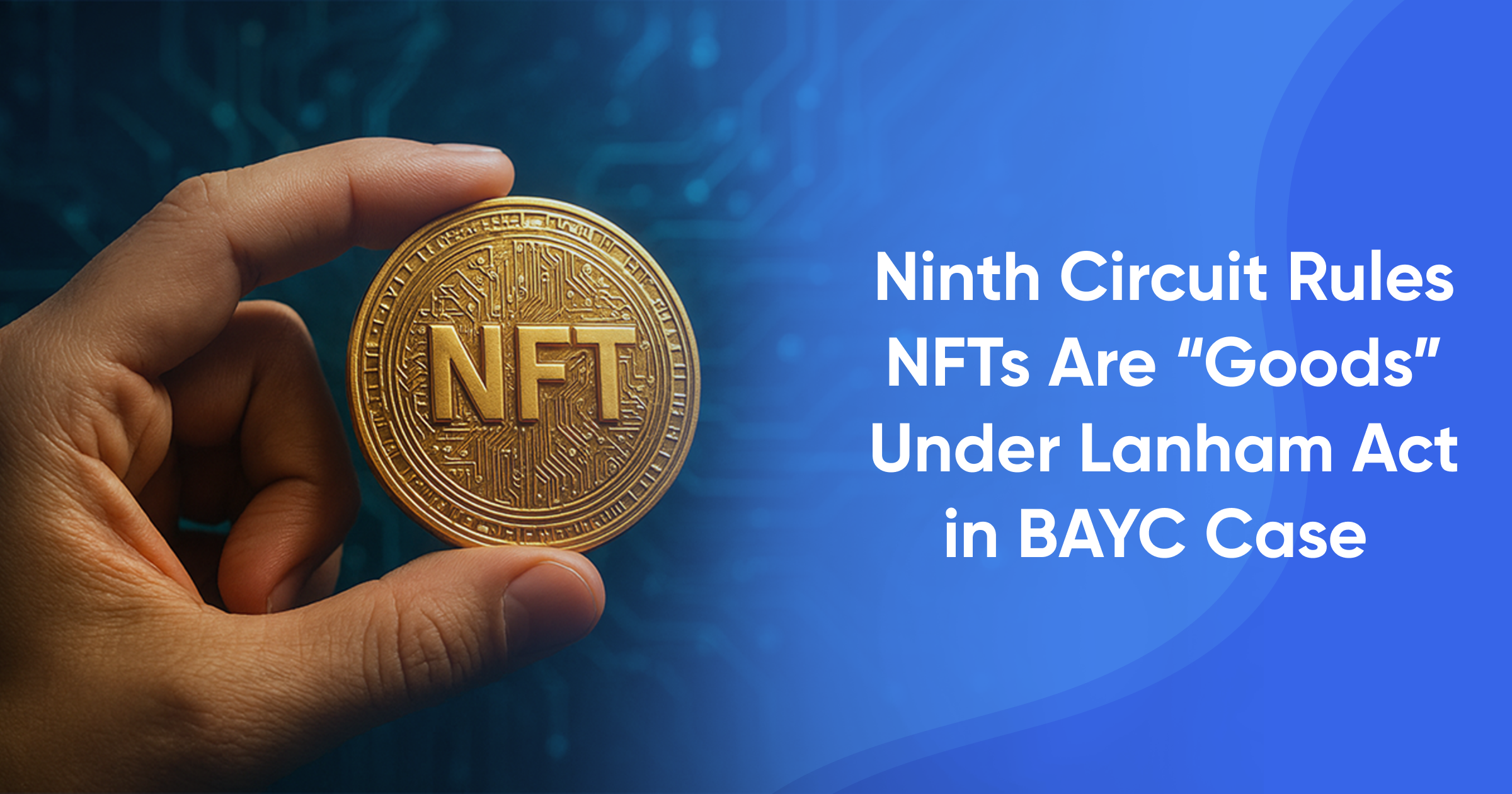You don’t need a degree to register for GST. You need clarity, documents, and a screen that works. GST registration is your first step to doing legal business in India. Whether you're a small offline trader or running an online brand across states, you need a GSTIN to collect tax, claim Input Tax Credit (ITC), and build trust. No GSTIN? No ITC. No vendor onboarding. No future in formal trade.
In 2025, the Goods and Services Tax registration process is fully online and governed by updated rules under Instruction No. 03/2025-GST, issued by the Central Board of Indirect Taxes and Customs (CBIC). The good news? The process is now simpler, faster, and digital-first - if you follow it step by step.
Who really needs GST registration in 2025?
If you think GST is only for big brands, think again. In 2025, even small and solo businesses may need it - or benefit from it. Here’s who must register under GST in India:
1. If your turnover crosses the limit
The basic GST threshold limit is ₹40 lakh for goods and ₹20 lakh for services. In special category states like the Northeast and hill states, it’s just ₹10 lakh. If you cross the limit - even once - GST registration becomes mandatory.
2. If you sell across state borders
Do you supply goods or services to another state? Even if your turnover is below ₹40 lakh, you still need GST registration. Interstate supply = GSTIN required.
3. If you sell online (Even one order)
Selling your products or services online? Then you need GST - even if you only make a few sales. This applies to D2C websites, social media selling, or apps.
4. If you use e-commerce platforms
Do you list your goods on Amazon, Flipkart, Meesho, or any marketplace? Then GST is mandatory - regardless of your turnover. Marketplace platforms won’t let you onboard without a valid GSTIN.
5. If you want to claim ITC or look legit
Even if GST isn’t required for you yet, voluntary GST registration is allowed. This helps you:
- Claim Input Tax Credit (ITC) on your purchases
- Do business with registered vendors
- Appear credible to buyers and investors
- Future-proof your business before you scale
A registered business gets access to tax benefits, refund claims, and better market access.
And if you plan to grow or raise funds - your GSTIN is your ticket in.
GST registration makeover: What’s new in 2025
In April 2025, the Central Board of Indirect Taxes and Customs (CBIC) dropped a game-changer. It released Instruction No. 03/2025-GST on 17 April 2025 - a new rulebook to clean up GST registration in India. If you’re registering a business this year, these changes matter. They’ll decide how fast you get your GSTIN - and how much hassle you face getting there.
What changed under instruction no. 03/2025-GST?
1. Standard list of documents - no more random demands
You now know exactly what to upload. If it’s not listed in Form GST REG-01, officers can’t ask for it. PAN, Aadhaar of your landlord? No longer allowed to be requested.
2. Defined approval timelines
- 7 working days for normal cases with Aadhaar authentication
- 30 days for cases flagged as risky or needing physical verification
That means you won’t wait endlessly. Either you get approved - or you know why not.
3. Clear rules for rented, shared, and SEZ spaces
Whether your office is owned, rented, shared with family, or in an SEZ, the new GST registration guidelines give:
- Fixed document options
- Consent letter formats
- Clear SEZ certificate expectations
- No Aadhaar/PAN from property owners needed
This reduces confusion, delays, and rejection risks.
4. Officers can’t ask presumptive questions anymore
They can’t ask why your home is your office. They can’t say your business doesn’t “fit” the location. They must stick to facts and documents. If they raise a query, it must relate to what you’ve submitted - nothing more.
Why this update matters for you
Earlier, GST registration often got stuck. Officers asked for documents not mentioned anywhere. Some businesses had to reapply multiple times. Now, the process is uniform across India. There’s less chance of bias or delay - and more control in your hands.
How to register for GST online in 2025 (Step-by-step)
The entire GST registration process in India is online. You don’t need to visit a government office. You just need the right documents and a working internet connection. Here’s how to do it - step by step.
Step 1: Visit the GST portal
Go to GST Portal. On the homepage, click on: Services → Registration → New Registration. You’ll now see a form called Part A of GST REG-01. Choose the following:
- Under “I am a” → select Taxpayer
- Choose your State and District
- Enter your Legal Business Name (as per PAN)
- Enter your PAN
- Add your Mobile Number and Email ID (use PAN-linked details if possible)
Click Proceed. You’ll receive two OTPs - one on mobile, one on email. Enter both OTPs to continue.
Step 2: Generate a TRN (Temporary Reference Number)
Once OTPs are verified, the system will give you a 15-digit TRN. This is like your application tracking number. Save your TRN - it’s valid for 15 days.
Step 3: Log in using TRN
Go back to the portal. Click Services → Registration → New Registration. Choose Temporary Reference Number (TRN) this time. Enter your TRN + captcha. You’ll receive another OTP. Enter it and continue. You’ll now see the application status as “Draft”. Click the Edit icon to fill Part B of the application.
Step 4: Fill part B of GST REG-01
Part B is the main form. It has 10 sections. You must fill them all. Each section will turn blue when completed. Here’s what each section asks for:
1. Business details
- Trade Name (this can be different from legal name)
- Business Constitution (Proprietorship, Partnership, LLP, etc.)
- Date of commencement
- Reason for registration (e.g., turnover exceeded limit)
- Composition Scheme (Yes/No)
- Casual taxable person (if Yes, pay advance tax via challan)
2. Promoters/Partners
You can add up to 10 promoters or partners. Enter personal details:
- Name, Address, DOB, PAN, Aadhaar
- Mobile, Email, and Photograph
Mark one of them as Authorized Signatory, if applicable.
3. Authorized signatory
If not already selected above, you must assign someone here. Provide the same personal details and photo. If using a GST Practitioner, enter their Enrollment ID.
4. Principal Place of Business (PPOB)
This is your main office or work location. Enter:
- Full address
- Contact number
- Nature of business at this location (e.g., storage, admin, retail)
- Type of ownership (Owned, Rented, Shared, etc.)
Upload proof: rent agreement, electricity bill, or consent letter.
5. Additional places of business
If you have other branches or godowns, add them here. The same details as PPOB will be required.
6. Goods and services
List your main goods and services. You can add up to 5 goods and 5 services. Each item must have its HSN (for goods) or SAC (for services) code.
7. Bank account details (Optional at registration)
You can skip this during registration. But once your GSTIN is approved, the system will ask for it in a non-core amendment. If you choose to provide it now, enter:
- Account number
- IFSC
- Upload a cancelled cheque or bank statement
8. State-specific information
Enter professional tax info, excise license numbers, etc. Only applicable in some states.
9. Aadhaar authentication
You can choose to verify using Aadhaar. It speeds up approval and avoids physical verification in most cases. If you skip Aadhaar, the officer may visit your business premises.
10. Final verification
Once all sections are blue (complete), go to the Verification tab. Tick the declaration box. Then submit using:
- DSC (Digital Signature Certificate) – for companies/LLPs
- E-Sign (OTP to Aadhaar-linked mobile)
- EVC (OTP to PAN-linked mobile)
Once submitted, you’ll see a success message. You’ll receive an Application Reference Number (ARN) by SMS and email. Use this ARN to track your status at GST Portal.
11. File format & size rules
- Only PDF or JPEG is allowed
- Max file size: 1 MB
- If you need to upload multiple documents, merge them into one file before uploading
- Name your files clearly: PAN.pdf, ElectricityBill_June2025.jpeg, etc.
GST clauses you can’t ignore (Backed by CBIC)
The GST registration process isn’t just about filling forms. It’s about following the right clauses - the ones that decide whether your application flies or fails.
Clause 1: Aadhaar authentication means faster approval
Want a smooth ride? Do the Aadhaar-based e-verification. If you choose this route:
- Your application is processed within 7 working days
- No physical site visit unless flagged as risky
- Your GSTIN is approved faster, with fewer questions
If you skip Aadhaar authentication:
- The officer may conduct a physical verification of your business place
- This can take up to 30 days, especially if you’re marked “risky”
- Your documents will go through manual review, which slows everything down
All of this is clearly laid out in CBIC Instruction No. 03/2025-GST. So yes, Aadhaar matters. It saves time. It skips hassle. And it gets you your GSTIN without the wait.
Clause 2: Proof of Principal Place of Business (PPOB)
Your GST approval depends heavily on where your business is based - and how you prove it. Here’s what’s accepted, based on the type of property you operate from:
If it’s owned, just upload any one of these:
- Latest Electricity bill
- Property Tax receipt
- Municipal Khata copy
That’s it. Officers can’t ask for anything beyond this list.
If it’s rented or leased, submit the following:
- A rent or lease agreement
- One ownership proof from the landlord (like Electricity bill or Tax receipt)
Important: Officers cannot ask for the landlord’s PAN or Aadhaar anymore. This is a direct instruction under Clause 5 of Instruction No. 03/2025-GST.
If it’s a shared or consent-based premise.
Say your business runs from your spouse’s or relative’s property. That’s fine. What you need:
- A consent letter signed by the owner
- Any one ownership proof (like Property Tax receipt or Electricity bill)
- The owner’s PAN and Aadhaar, only if requested for identity confirmation
If it’s an SEZ Unit, the rules are clear:
Upload the official SEZ Certificate issued by the Development Commissioner or other authorized body. No certificate = no registration. Don’t upload extra documents. Officers are told to accept only what’s listed in Form GST REG-01. If someone asks for more? That’s a violation of the CBIC’s own instructions.
GST Registration Isn’t Optional. Doing It Right Is.
One wrong code. One blurry document. One missed step. That’s all it takes to block your GSTIN. Or lose your Input Tax Credit. Or get a notice you didn’t expect. The GST registration process may be online - but it’s far from simple. Aadhaar authentication. PPOB rules. Code mismatches. One misstep, and the system hits pause.
Sure, you can do it yourself. But even the CBIC highly recommends hiring a registered GST practitioner. Because getting it right the first time saves you time, money, and compliance pain later. And that’s where Trademarkia comes in. We don’t just tell you what to file - we do it for you. We handle the forms, follow the rules, and speak the government’s language - so you don’t have to. You run your business. We keep it clean, compliant, and future-ready.
Clean Records. Fast Approvals. No Stress. All in one place.







